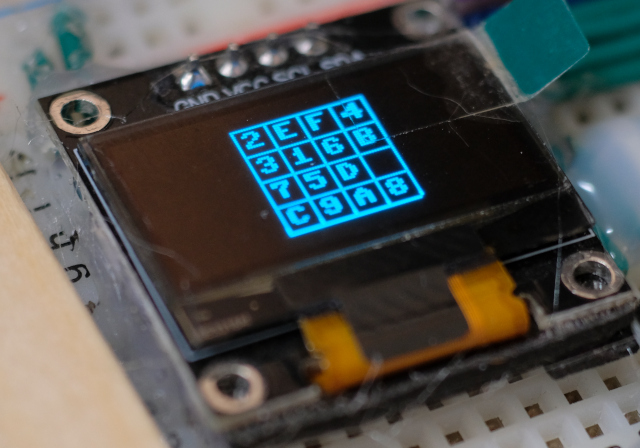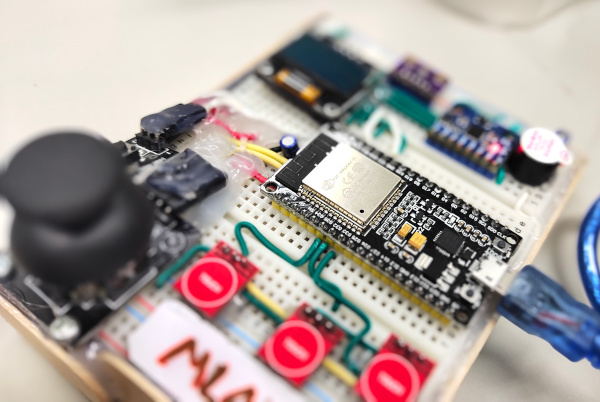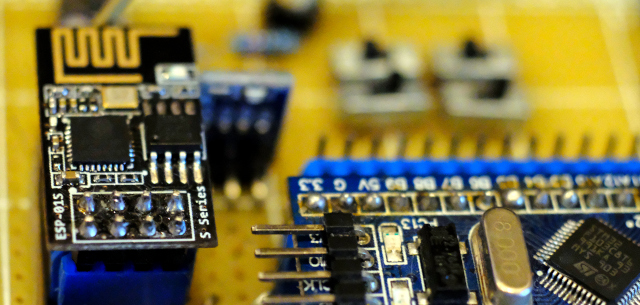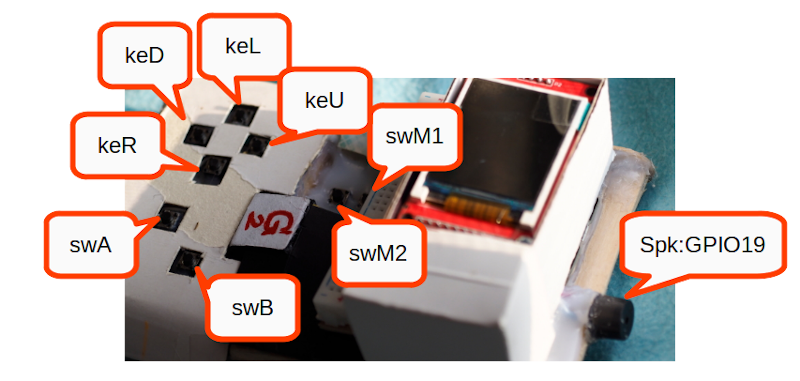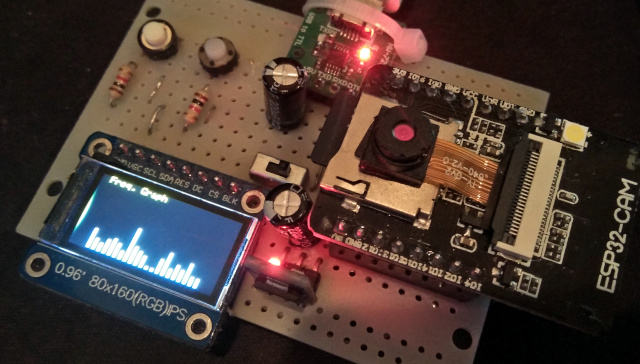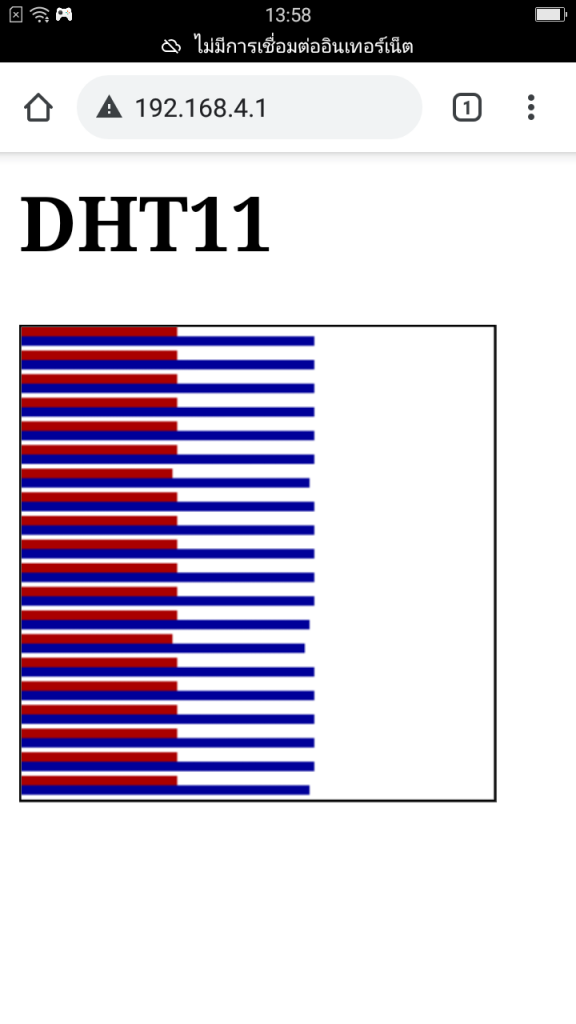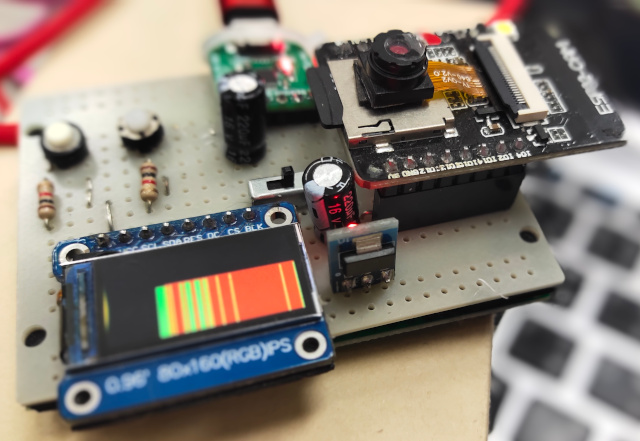[EN] 15-Puzzle Game
This article is an example of a 15-Puzzle game using the ml4m board with the results shown in Figure 1. It is a game that allows players to practice their strategic thinking skills, looking ahead to plan their shifting numbers. In addition to being in the form of numbers, it can also be changed from numbers to images, that is, transformed into an image and divided into 16 parts, and then allow the player to move the image to make it the same as the original. Also in the example, a buzzer is used to generate a beep sound using an 8-bit DAC of an esp32 microcontroller, as well as programming in Python on MicroPython.
